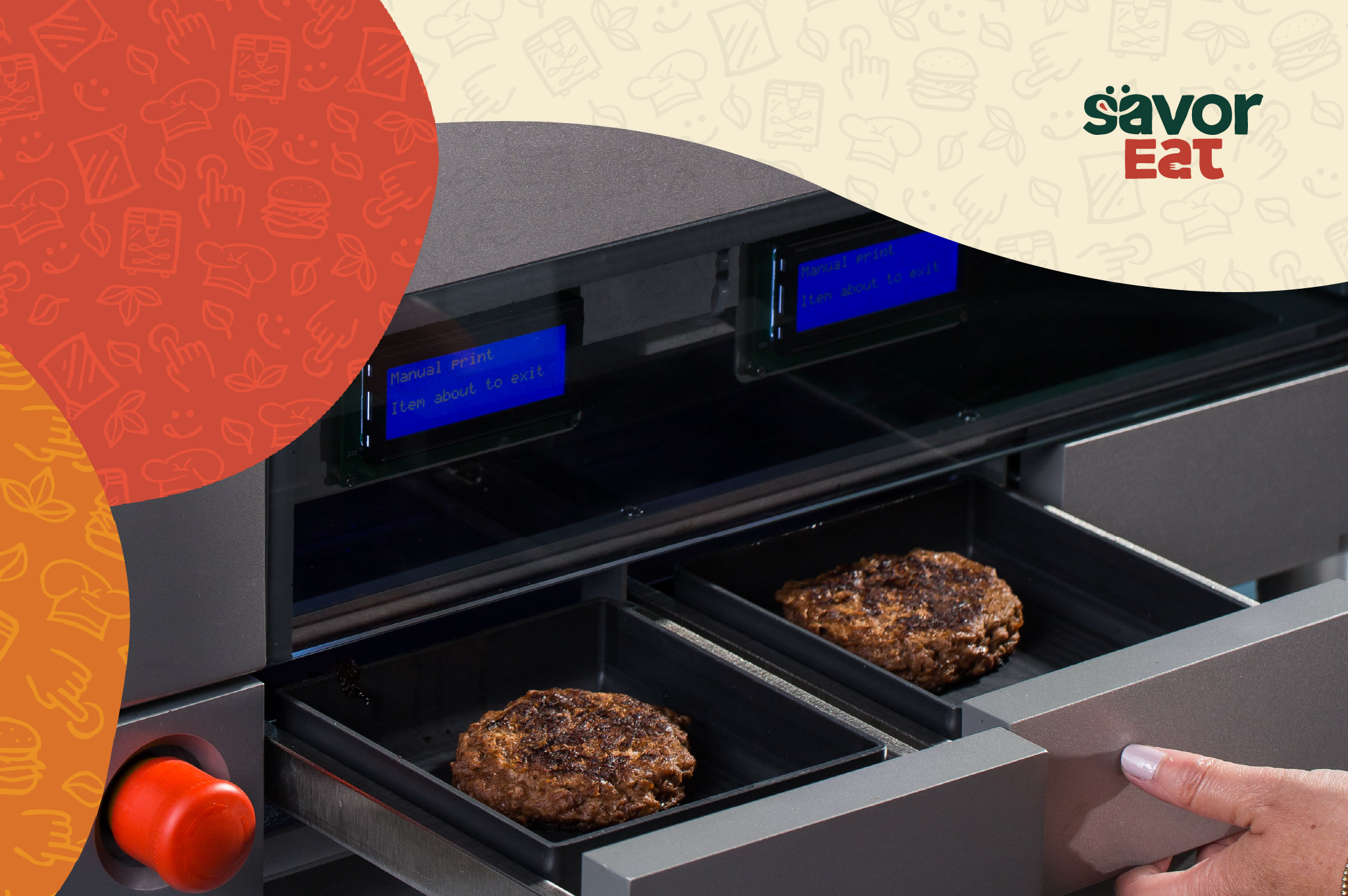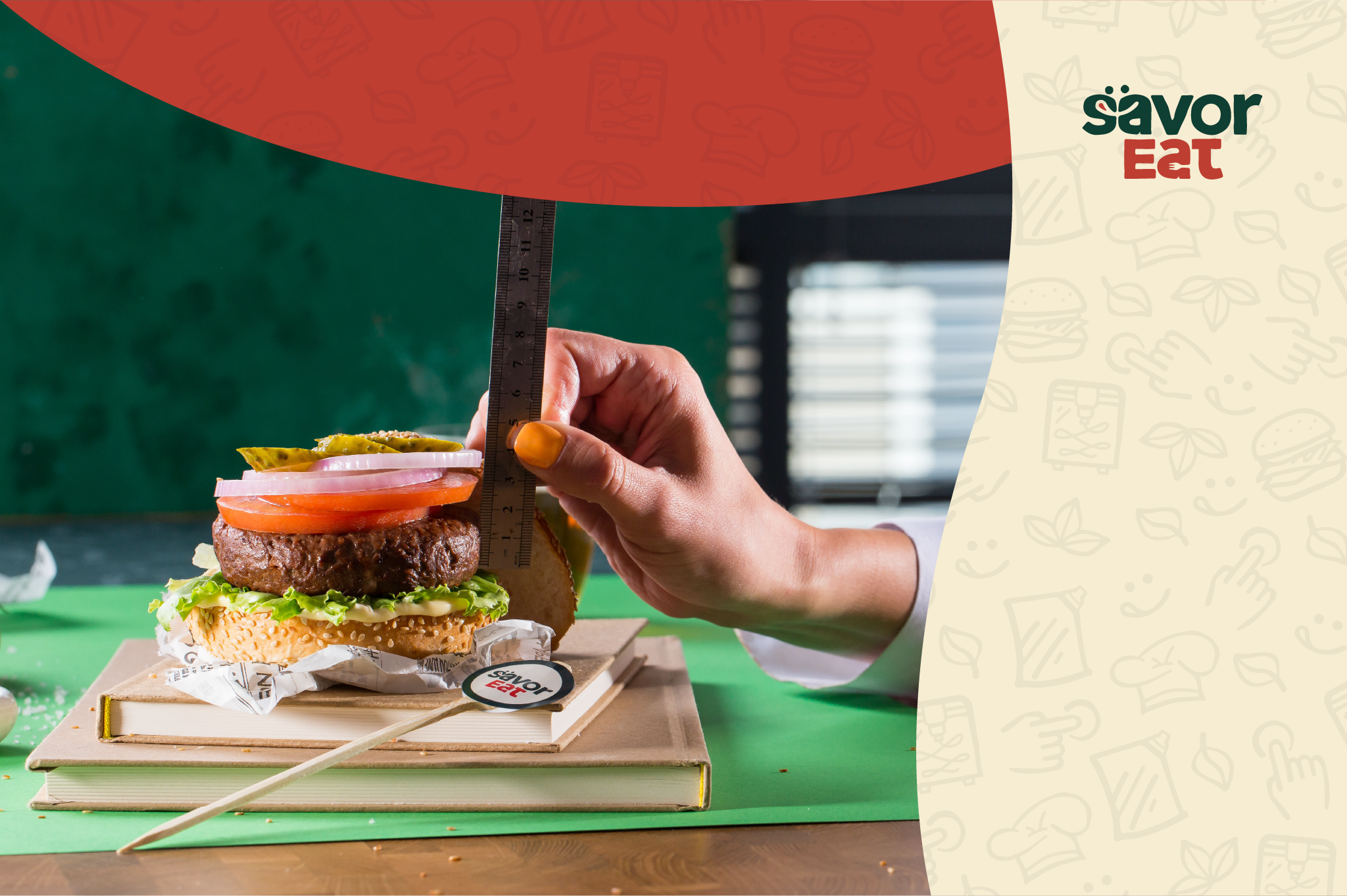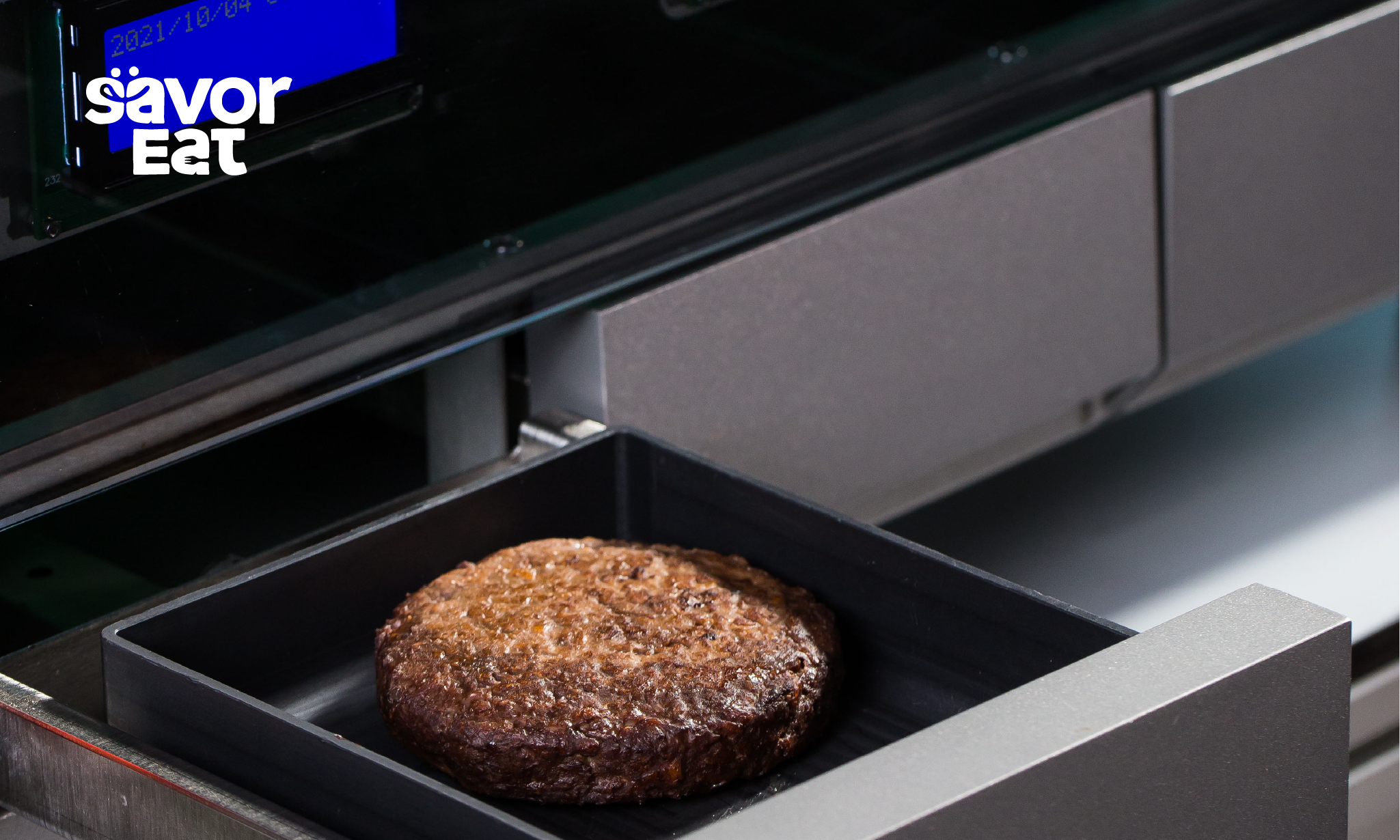Robot chefs might sound futuristic, but in actual fact, they’re becoming an integral part of the restaurant industry.
Even if you weren’t aware of it, you’ve probably been served by a robot chef. Some chains like Chipotle are already bringing restaurant tech into their business model, while a whopping 50% of operators intend to introduce the technology within the next 2-3 years.

Of course, restaurant robotics doesn’t mean fully realized humanoid restaurant chefs making your meal. Instead, restaurant robotics describes all automation of tasks back-of-house in restaurants. Robotics are also being introduced to help front-of-house with customer service tasks, but robot chefs keep things in the kitchen. They cover tasks from automating cook times, flipping burgers, and ensuring perfectly cooked food in a way that human line cooks can’t always guarantee.
Some robots do more, combining multiple tasks and therefore hugely streamlining cooking. For example, 2023’s SavorEat 2.0 uses proprietary smart technology that integrates AI, 3D printing and IoT, and ingredient cartridges to create various plant-based meals in minutes.
Problems Solved by Robot Chefs
So, kitchen robots are an advanced technology going into 2023. But what problems do robot chefs solve?
1. Robot Chefs Solve Staffing Issues
The most obvious is the ability of a machine to replace multiple workers when finding workers for menial jobs such as line cooking is increasingly difficult. The National Restaurant Association reported that most restaurants were understaffed in December.
Labor costs vary from around 25% in fast-food settings to 40% in higher-end establishments. Of course, the more staff you need and the more you pay them, the higher your costs will be. Robot chefs will bring these costs down and allow you to pay the staff you retain better while saving money in the long run.
There’s also hope that robot chefs will free up workers for more complex tasks robots can’t complete. Chipotle, for example, feels their staff’s time is wasted standing over fryers when they could be creating a better experience for customers.
2. Robot Chefs Offer Consistency
While experienced human chefs are consistent most of the time, robot chefs can always be entirely consistent. That means perfectly measured ingredients, exact temperatures, and exact timings from order to plate. In fact, with IoT tech, a robot chef could communicate seamlessly with a digital POS system and a connected food delivery system, meaning customers get a perfect version of what they ordered ASAP.
3. Robot Chefs Reduce Waste
One of the great features of robot chefs is waste reduction. Whether you’re using the robot arm of flippy to make sure pizza is never burned or always use the exact correct ratio and amount of ingredients with SavorEat 3.0’s ingredient cartridges, you’ll save money on food costs. The AI technology also allows you, as a restaurant owner, to keep careful track of consumer trends and ingredient availability, ultimately streamlining inventory management.
And food waste isn’t just about money. When you don’t waste food, you’re making a positive impact on the environment and reducing carbon emissions from growing and transporting unnecessary food. Additionally, with the SavorEat 3.0’s focus on 3D printing plant-based meals, carbon emissions are further slashed in relation to a classic fast-casual restaurant.
4. Robot Chefs Allow Repeatable Personalization
A common question about kitchen robotics is ‘can robot chefs only cook one thing?’ or ‘can robot chefs only cook things one way’?
The long answer: there are a lot of robotics systems that fall under the ‘robot chef’ umbrella. Some are used for a single task. Others, like the SavorEat, allow precise personalization, including how well-cooked a meal should be, the level of protein, and additional ingredients or nutrient choices.
These sorts of special requests can add stress to a kitchen full of human chefs, hold up orders, and result in mistakes that put customers off. All of that can be illuminated with robot chefs.

5. Robot Chefs Could Help Supply Chain Issues
As IoT-connected AI robot chefs monitor food use and consumer demand, they could become integral to complex just-in-time supply chain networks. This not only means your own restaurants will produce less waste but that available food arrives where it is needed when it is required. These processes will be fully automated in time, and a network of robot chefs could be vital to that automation.
How Much do Robot Chefs Cost?
One of the cons of robot chefs is the initial financial outlay. Nala Robotics’ robot chef focussed on frying chicken wings costs $2999 monthly to rent, while a Mola Robotic Kitchen will set you back around $340,000. SavorEat plans to reduce its costs dramatically in 2023 as it hits full commercialization. As a rule, robot chefs save you money as a restaurant owner over time because of the amount they save in labor costs and reducing waste. A loan may be necessary if you buy a robot chef outright, but making payments over time should be easy when other savings are considered.
Do You Need a Robot Chef?
If you’re the owner of a medium-sized restaurant or on the C-suite of a company that owns multiple restaurants or manages franchises, 2023 is the time to consider investing in restaurant technologies such as a robot chef.
Costs will be easily recouped by staff cost savings, less food waste, and growth in sales. Robot chefs differ in their capabilities, but a machine that is AI enabled and works on IoT tech is your best bet. These features allow communication between your robot chef and other kitchen and FOH technology and should mean a longer life for your robot chef. IoT tech will also have a growing part to play in food delivery and supply chain management. Building it into your business model will mean you are ahead of the game in the coming years.
What’s the Future of AI Robot Chefs?
Globally, the food and technology market is growing. Predictions for 2027 are around $342.52 billion. This is driven by consumer demand in large markets like the US and Europe for faster food delivery, consistency within fast food, and new, healthier alternatives that can be offered by robot chefs like SavorEat.
Additionally, automation across cooking, food delivery, and the supply chain could improve food security worldwide and ensure safe and healthy meals in parts of the world where hygiene is harder to provide.
Research into AI chefs that can taste food while cooking is ongoing at the University of Cambridge, which would revolutionize automated cooking processes and bring in new elements of creativity.
For now, though, the vast amounts of data being gathered by kitchen tech are allowing robot chefs to improve year after year. As companies like SavorEat understand more about what their clients want and need, and as technology speeds ever onwards, they are building robot chefs to solve new problems as they are noticed. Undeniably, we’re entering into a golden age of restaurant technology, with planned developments (according to SavorEat) including:
- Finding alternate packaging (edible, bacteria-fighting, micro packaging)
- Ensuring traceability of products
- Monitoring freshness
- Quality detection
- Next-gen food and alternative ingredients
The dream is to free up people in the food industry to be creative, to save money for restaurant owners and managers, and ultimately to create more equitable food systems worldwide.
Robot chefs could help you in your kitchen, save money, and build your customer base today. In the future, they could do so much more.





